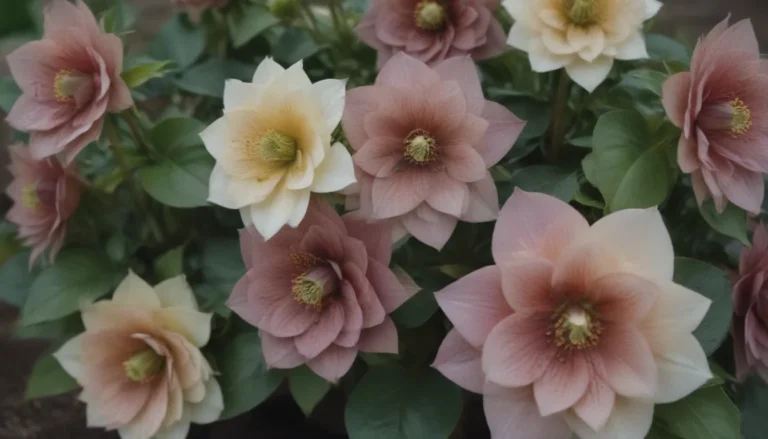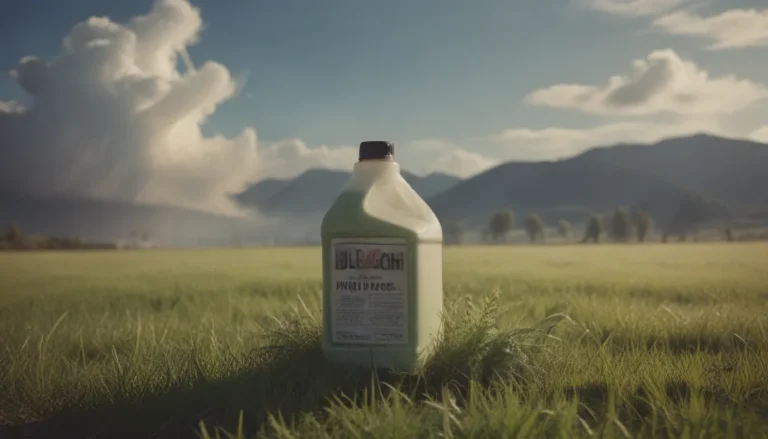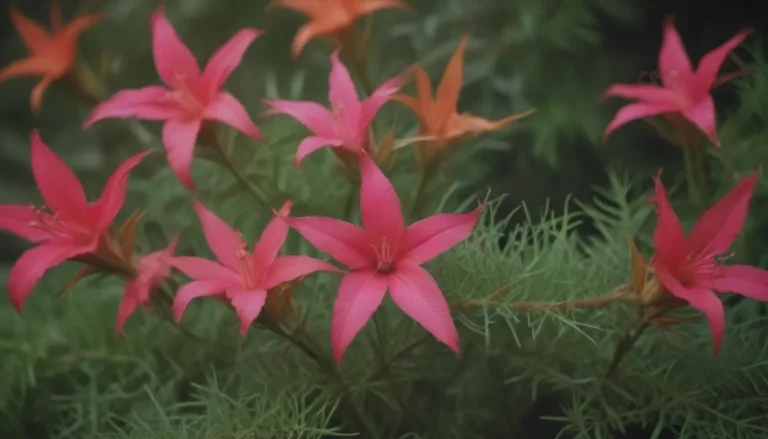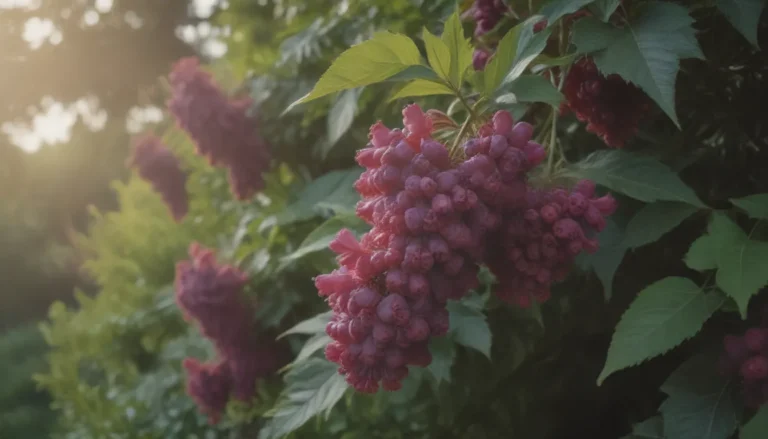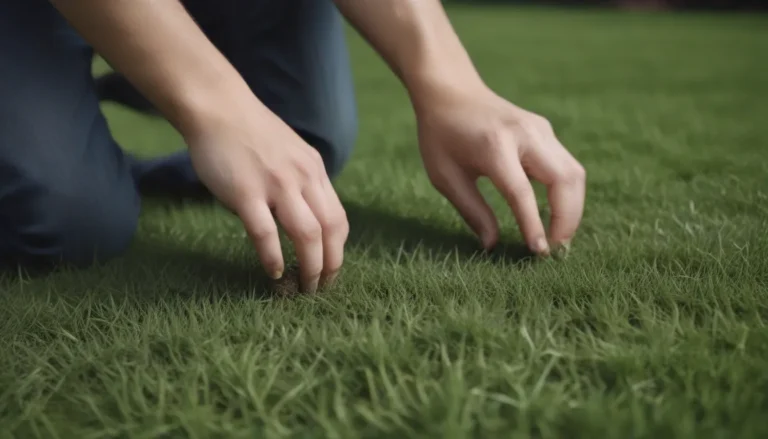The Ultimate Guide to Choosing the Perfect Mulch for Your Flowerbeds
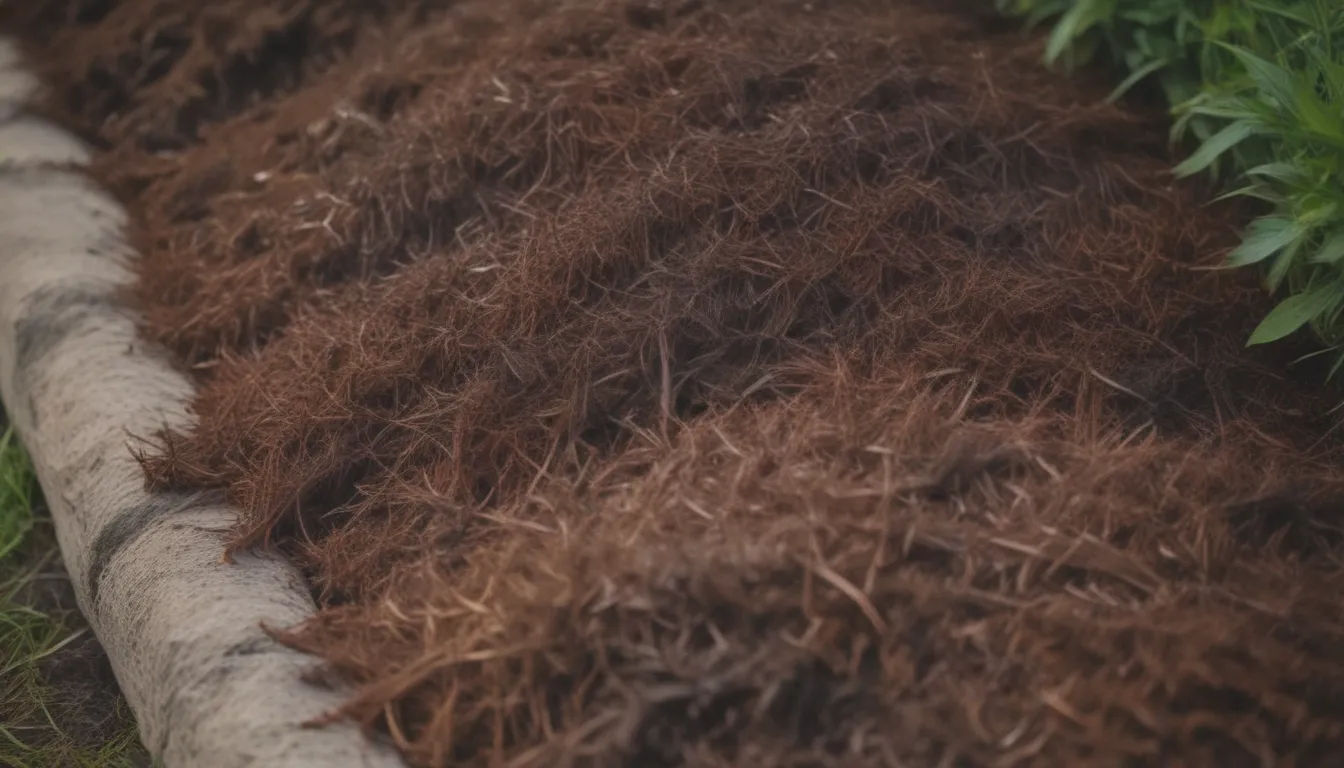
Welcome to our comprehensive guide on selecting the best mulch for your flowerbeds! As a gardener, you know the importance of investing in quality soil-building essentials, such as mulch. With a plethora of options available, from compost to dyed mulch to rocks, it can be overwhelming to choose the right one for your garden. In this article, we will delve into the different types of mulch, their pros and cons, and how to pick the perfect mulch to enhance the beauty and health of your flowerbeds.
The Importance of Mulch in Your Garden
Before we dive into the various types of mulch available, let’s first understand why mulch is an essential component of any garden. Mulch offers a myriad of benefits for your plants, soil, and overall garden ecosystem:
- Helps retain moisture in the soil, reducing the need for frequent watering
- Suppresses weed growth by blocking sunlight and inhibiting weed germination
- Regulates soil temperature, keeping roots cool in the summer and warm in the winter
- Adds organic matter to the soil as it decomposes, improving soil structure and fertility
- Enhances the aesthetic appeal of your garden by providing a neat, uniform appearance
Now that we know why mulch is crucial for your flowerbeds, let’s explore the different types of mulch available and how to choose the best one for your garden.
Organic Mulch Options
Compost
Compost is a nutrient-rich organic material that provides numerous benefits for your plants and soil. Here are some key points to consider when using compost as mulch:
- Mature compost is dark brown, crumbly, and has an earthy smell
- Leaches nutrients into the soil, promoting plant growth
- Suppresses weeds and breaks down slowly over time
- Mushroom compost is a viable option for enriching the soil and preventing weed growth
Pine Straw Mulch
Derived from fallen pine needles, pine straw mulch offers unique advantages for your flowerbeds:
- Acidifies the soil, making it ideal for acid-loving plants like camellias and azaleas
- Dense yet porous, providing excellent moisture retention and soil insulation
- Low-cost or even free, making it a budget-friendly mulch option
Living Mulch
Living mulch, also known as cover crops, can be a beneficial addition to your flowerbeds:
- Includes plants like clover, buckwheat, and annual rye
- Prevents erosion, adds organic matter to the soil, and enriches the garden ecosystem
- Ideal for preparing new flower beds before planting
Inorganic Mulch Options
Dyed Mulch
Dyed mulch comes in various colors like red, brown, and black, adding a decorative touch to your flowerbeds:
- Made from waste wood and sprayed with dyes for vibrant hues
- More expensive than traditional mulch options and may fade over time
- Offers aesthetic appeal but may detract from the natural beauty of your flowers
Rubber Mulch
Rubber mulch is a unique option for gardeners looking for durability and safety in their flower beds:
- Ideal for playground areas or garden paths for cushioned footing
- Does not decompose and may migrate across the landscape over time
- Not recommended for improving soil health or fertility
Factors to Consider When Choosing Mulch
When selecting the best mulch for your flowerbeds, consider the following factors to ensure optimal growth and health of your plants:
- Climate and weather conditions in your region
- Soil type and pH levels
- Plant species and their specific requirements
- Maintenance and longevity of the mulch
- Aesthetic preferences and garden design
Conclusion
Choosing the perfect mulch for your flowerbeds is an essential decision that can impact the health and beauty of your garden. By considering the benefits and drawbacks of various mulch options, as well as your garden’s unique requirements, you can select the ideal mulch to enhance the growth and vitality of your plants. Experiment with different mulches, mix and match, and find the perfect combination that works best for your flowerbeds. Happy gardening!
